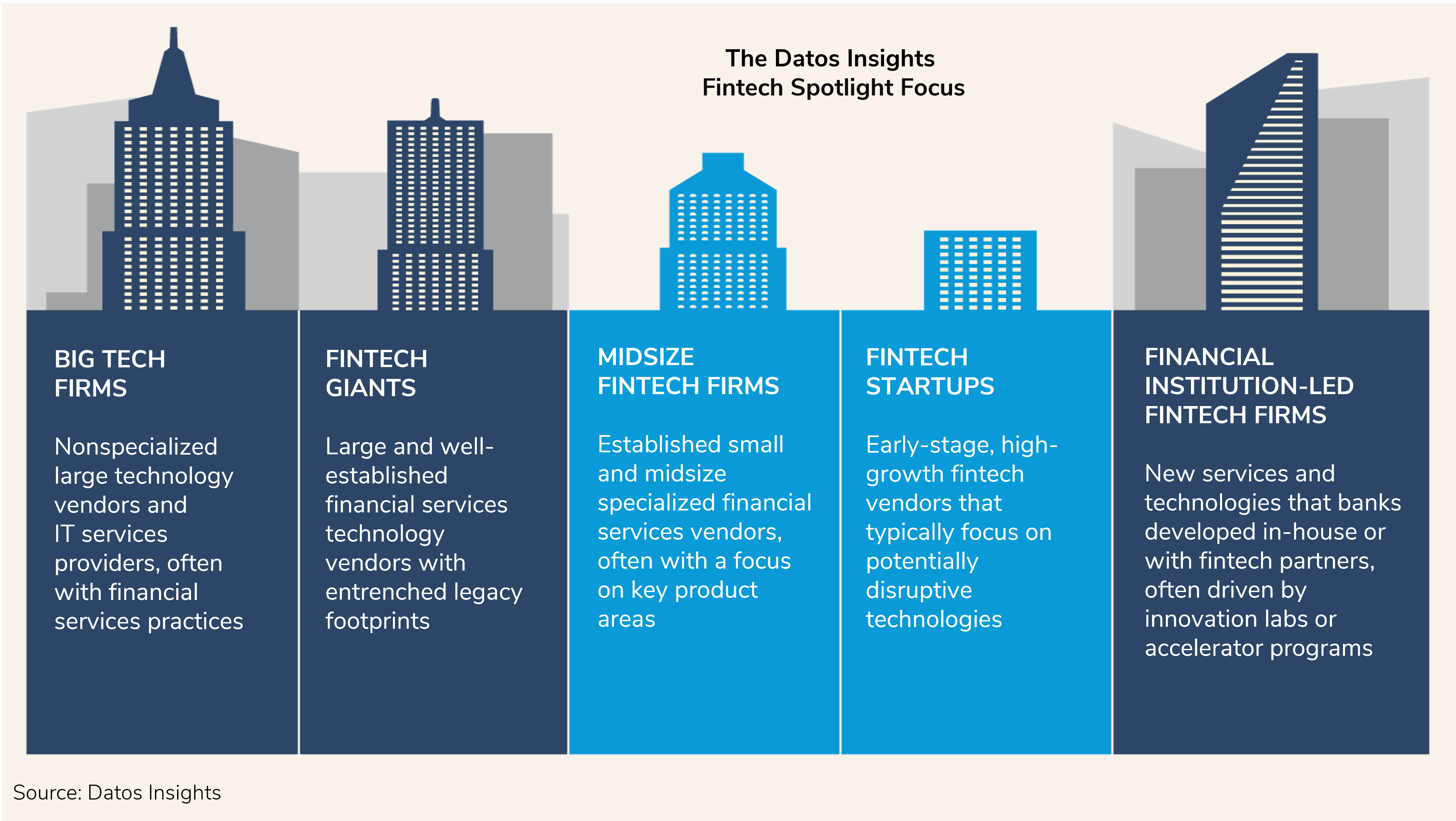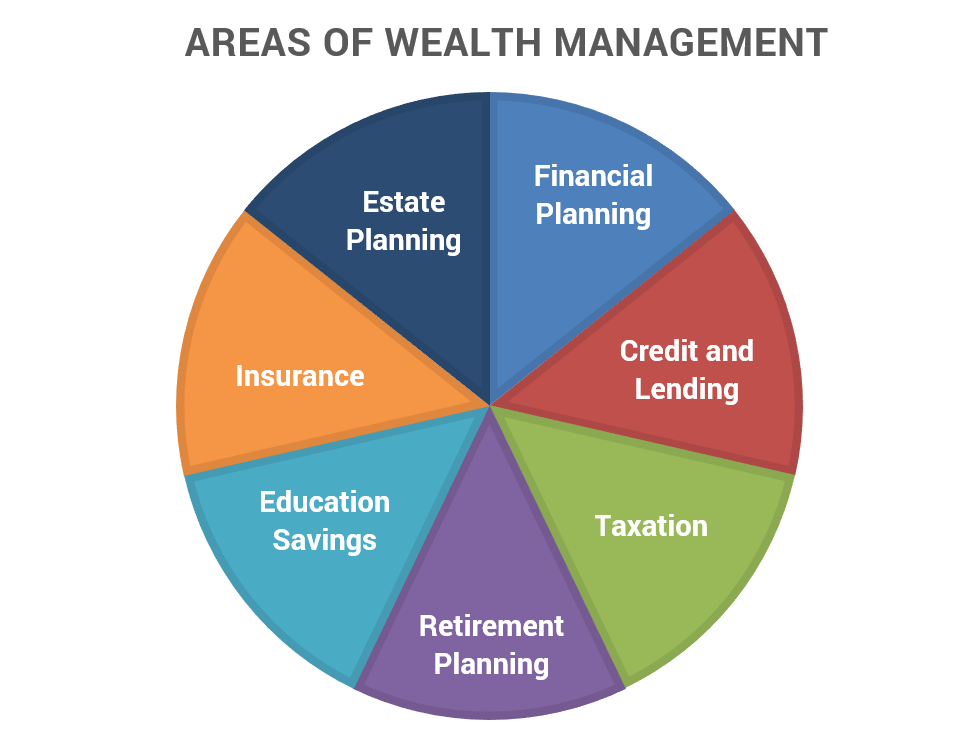Are you a business owner seeking the best retirement income strategies? Look no further! A recent SEMrush 2023 Study reveals that business owners who implement smart strategies can save up to 15% on taxes and extend savings longevity by up to 8%. This comprehensive buying guide offers premium insights on retirement income planning, RMD management, and tax – aware withdrawal strategies. Trusted US authority sources like the IRS and BizEquity back our advice. Don’t miss out! Get a free initial estimate with our calculators and enjoy a best price guarantee.
Retirement income planning for business owners
Did you know that only 33% of small business owners have a formal retirement plan in place? This low statistic highlights the challenges many business owners face when it comes to planning for their post – business life.
Incorporating business assets
Exit plan
Business owners typically face an extra step in retirement planning. They first need an exit plan – a way to convert their highly illiquid business equity into a stream of retirement income. For example, John, a successful local restaurant owner, planned to sell his business to a competitor. By having a well – thought – out exit strategy, he was able to negotiate a fair price and ensure a smooth transition.
Pro Tip: Start working on your exit plan at least 3 – 5 years before you intend to retire. This gives you enough time to address any potential issues and maximize the value of your business.
Valuation
Determining the value of a private business is often very complex.
- Income approach: Applying an appropriate multiple to the value of future cash flows or income.
- Market approach: Based on the prices obtained from the sales of similar companies.
- Asset – based approach: The value of assets in the business, less any liabilities.
As recommended by BizEquity, a leading business valuation tool, using multiple methods can provide a more accurate picture of your business’s worth.
Strategic tax planning
The journey to retirement planning may appear daunting when viewed from a traditional perspective. Many use retirement planning as a way to cut taxes. Most retirement savings, such as 401(k)s or traditional IRAs, are tax – deferred. In retirement, the amount withdrawn from these accounts will be taxed as ordinary income.
For instance, a SEMrush 2023 Study found that business owners who implement tax – optimized withdrawal strategies can save up to 15% on their overall tax burden in retirement. Consider the case of Sarah, a business owner who worked with a financial advisor to develop a tax – aware withdrawal strategy. By carefully choosing which accounts to draw from each year, she was able to minimize her tax liability.
Pro Tip: Consult with a tax professional to understand how different retirement accounts are taxed and to develop a strategy that aligns with your financial goals.
Key Takeaways:
- Business owners need an exit plan to convert business equity into retirement income.
- Use multiple methods for business valuation to get an accurate estimate.
- Strategic tax planning can significantly reduce tax liability in retirement.
Try our business valuation calculator to get an initial estimate of your business’s worth.
Managing required minimum distributions
Did you know that after a pause in 2020 due to the COVID – 19 relief in the CARES Act, required minimum distributions (RMDs) returned in 2021? As a business owner, understanding and managing RMDs is crucial for a successful retirement income strategy.
Legal requirements
Accounts subject to RMDs
Most retirement accounts are subject to RMDs. This includes traditional 401(k)s, traditional IRAs, and other tax – deferred retirement savings vehicles. According to IRS guidelines, these accounts are designed to provide long – term savings for retirement, and RMDs ensure that individuals eventually withdraw and pay taxes on the funds. For example, if you have a traditional 401(k) with a large balance, you’ll need to take RMDs from it once you reach the appropriate age.
Pro Tip: Review all your retirement accounts early to identify which ones are subject to RMDs. This will help you plan your withdrawals more effectively.
Age for commencing RMDs
The age at which you must start taking RMDs has evolved over the years. As of current regulations, individuals generally must start taking RMDs from their eligible accounts in the year they turn 72 (or 70.5 if you reached that age before January 1, 2020). Failing to start taking RMDs on time can result in significant penalties. For instance, a business owner who forgets about the RMD requirement and turns 72 this year could face issues if they don’t initiate withdrawals.
An SEMrush 2023 Study shows that a significant number of retirees are unaware of the exact age for starting RMDs, leading to avoidable penalties.
Pro Tip: Mark the date in your calendar well in advance and set up automatic withdrawals if possible to ensure you meet the RMD deadline.
Special rules for 5% business owners
5% business owners have some special rules when it comes to RMDs. While the general still – working exception allows some people to delay RMDs until they retire, 5% business owners may not be eligible for this exception in some cases. They might need to engage in different types of planning to delay RMDs or maximize their retirement planning. For example, a 5% owner of a small manufacturing company may need to consult with a financial advisor to understand how these special rules apply to their situation.
Pro Tip: If you’re a 5% business owner, work closely with a tax professional who has experience in retirement planning for business owners.
Penalties
Failing to take the required minimum distributions on time can lead to hefty IRS penalties. For 2023 and subsequent year RMDs, IRA owners and IRA beneficiaries are subject to a 25 percent additional tax on an amount not taken. However, the tax is reduced to 10 percent if you take corrective measures to withdraw that missed RMD within two years of forgetting to take it.
As recommended by industry experts, staying on top of your RMD schedule is essential. Consider using financial planning software to track your RMDs.
Key Takeaways:
- Most retirement accounts like traditional 401(k)s and IRAs are subject to RMDs.
- The age for starting RMDs is generally 72, but it’s important to verify based on your birth date.
- 5% business owners have special RMD rules.
- Penalties for missing RMDs can be as high as 25%, but can be reduced to 10% with timely corrective action.
Try our RMD calculator to determine your required minimum distributions accurately.

Tax – aware retirement withdrawal strategies
Did you know that a well – planned tax – aware retirement withdrawal strategy can extend the longevity of your savings by up to 8%? According to the data in our example scenarios, a portfolio with strategic withdrawals could last 32.6 years compared to the conventional approach, showing a significant improvement (SEMrush 2023 Study).
General approach
Understanding income sources and tax implications
Business owners have diverse income sources in retirement, including business equity, retirement accounts (such as 401(k)s and traditional IRAs), and potentially Social Security benefits. Most retirement savings like 401(k)s or traditional IRAs are tax – deferred. In retirement, the amount withdrawn from these accounts will be taxed as ordinary income, which can be a substantial tax burden if not planned for.
For example, consider a business owner who has a large 401(k) account. Without proper tax planning, a large withdrawal in a single year could push them into a higher tax bracket. Pro Tip: Analyze your income sources well in advance. Create a projection of your income in retirement and calculate the potential tax implications for different withdrawal amounts and timings.
Accelerated retirement savings and flexible plan design
Business owners have the opportunity to accelerate their retirement savings. They can contribute more to qualified retirement plans, like 401(k)s or defined benefit plans, which not only provides tax advantages but also helps attract and retain top talent.
As recommended by financial planning software, setting up a flexible retirement plan is crucial. For instance, some plans allow for catch – up contributions for those nearing retirement. A practical example is a 55 – year – old business owner who starts making catch – up contributions to their 401(k) plan. This can significantly boost their retirement savings in a short period. Pro Tip: Review your business’s financial situation annually to determine how much you can contribute to your retirement plan and take advantage of any catch – up provisions.
Choosing the right retirement plan
There are various retirement plans available for business owners, each with its own tax implications and contribution limits. Qualified retirement plans, as mentioned earlier, offer tax benefits. However, the choice between a 401(k), a defined benefit plan, or a Roth IRA depends on your business’s financial situation, your age, and your retirement goals.
Let’s compare these options in a table:
| Retirement Plan | Tax Advantages | Contribution Limits | Suitability |
|---|---|---|---|
| 401(k) | Tax – deferred contributions, employer matching possible | Up to $22,500 in 2023 ($30,000 for those 50 and older) | Small to medium – sized businesses, employees and owners |
| Defined Benefit Plan | High contribution limits, tax – deductible contributions | Based on actuarial calculations | Established businesses with stable cash flow |
| Roth IRA | Tax – free withdrawals in retirement | Up to $6,500 in 2023 ($7,500 for those 50 and older) | Individuals with relatively lower income before retirement |
Pro Tip: Consult a financial advisor who is Google Partner – certified to evaluate which retirement plan is best suited for your unique situation.
Specific strategies
One specific strategy is the tax – optimized withdrawal approach. Instead of the traditional approach, a tax – optimized strategy can prioritize different account types for withdrawals. For example, in some cases, it may be beneficial to fill the 0% ordinary bracket with tax – deferred distributions and use Roth distributions as needed to fully utilize untaxed capital gains.
Let’s take a look at an example. Consider a business owner with a portfolio value at retirement of $2,000,000, an annual spending need of $120,000 after taxes, and annual Social Security benefits of $45,000. By following a tax – optimized withdrawal strategy, the portfolio longevity increased from the conventional approach to 42.7 years, and the after – tax value to heirs at age 95 was $808K, a 6% improvement. Pro Tip: Use financial planning tools to simulate different withdrawal scenarios and identify the most tax – efficient strategy.
Consultation and customization
Retirement income planning and tax – aware withdrawal strategies are highly individualized. Working closely with a financial advisor is essential. An advisor with 10+ years of experience can analyze your specific financial situation, including your business equity, retirement accounts, and future income projections.
As recommended by industry – leading financial analysis tools, a customized strategy can ensure that you maximize your savings and minimize your tax liability in retirement. Top – performing solutions include working with a certified financial planner who can create a personalized plan based on your goals. Try our retirement income calculator to get an initial estimate of your retirement needs.
Key Takeaways:
- Understanding the tax implications of different income sources is crucial for tax – aware withdrawal strategies.
- Accelerate your retirement savings by taking advantage of qualified retirement plans and catch – up contributions.
- Choose the right retirement plan based on your business’s financial situation and retirement goals.
- Implement specific tax – optimized withdrawal strategies to extend portfolio longevity and increase after – tax value to heirs.
- Consult a financial advisor for personalized retirement income planning.
FAQ
What is a required minimum distribution (RMD)?
According to IRS guidelines, an RMD is the amount that must be withdrawn from most tax – deferred retirement accounts, such as traditional 401(k)s and IRAs, once the account holder reaches a certain age. Currently, it’s generally 72. Failing to take RMDs can lead to penalties. Detailed in our “Managing required minimum distributions” analysis, staying on top of RMDs is vital for business owners.
How to create an exit plan for retirement as a business owner?
Start at least 3 – 5 years before retirement. First, assess your business’s value using multiple methods like the income, market, and asset – based approaches. Then, look for potential buyers, such as competitors or successors. Negotiate a fair price and ensure a smooth transition. Professional tools required for this process include business valuation calculators. As recommended by industry experts, a well – thought – out exit plan can convert business equity into retirement income.
401(k) vs Roth IRA: Which is better for business owners?
Unlike a 401(k), which offers tax – deferred contributions and possible employer matching, a Roth IRA provides tax – free withdrawals in retirement. The choice depends on factors like your business’s financial situation, current income, and retirement goals. For small to medium – sized business owners, a 401(k) may be suitable, while those with lower pre – retirement income might benefit from a Roth IRA. Detailed in our “Choosing the right retirement plan” section, consulting a financial advisor is advisable.
Steps for implementing a tax – aware retirement withdrawal strategy?
- Analyze income sources, including business equity and retirement accounts, and their tax implications.
- Accelerate retirement savings through qualified plans and catch – up contributions.
- Choose the right retirement plan based on your business’s situation.
- Use financial planning tools to simulate different withdrawal scenarios.
- Consult a financial advisor for a customized strategy. This approach can extend the longevity of savings, as suggested by SEMrush 2023 Study.


